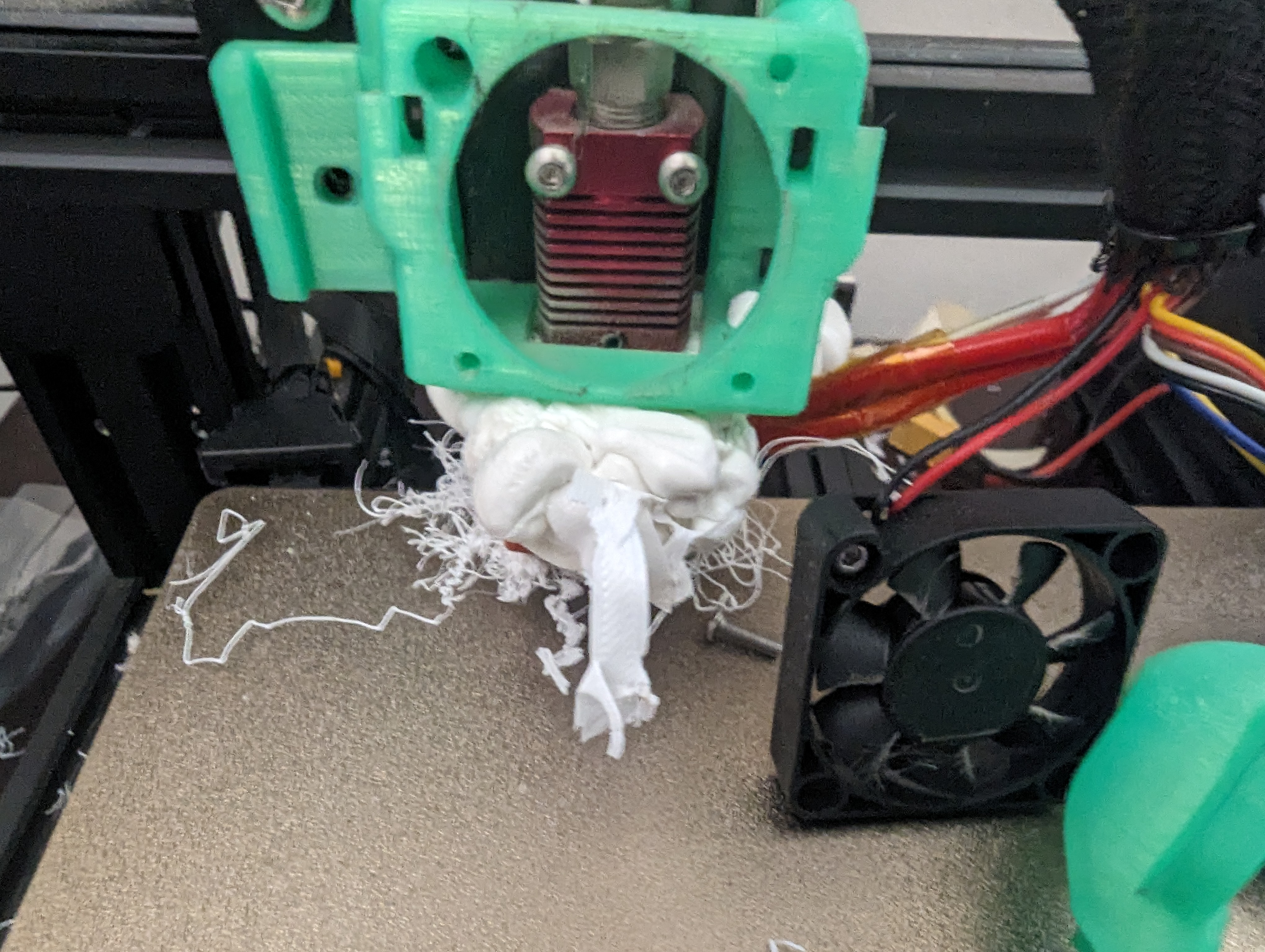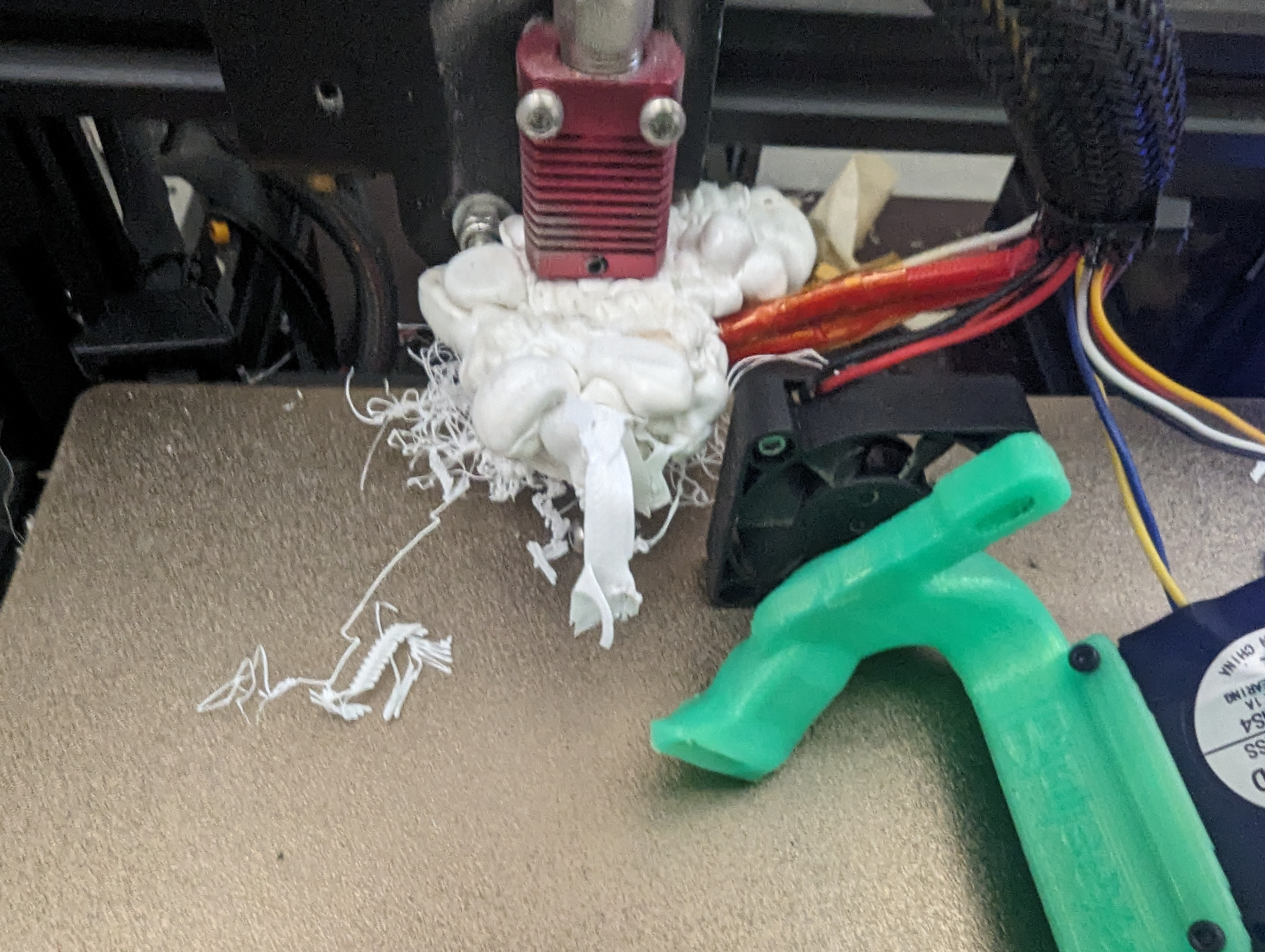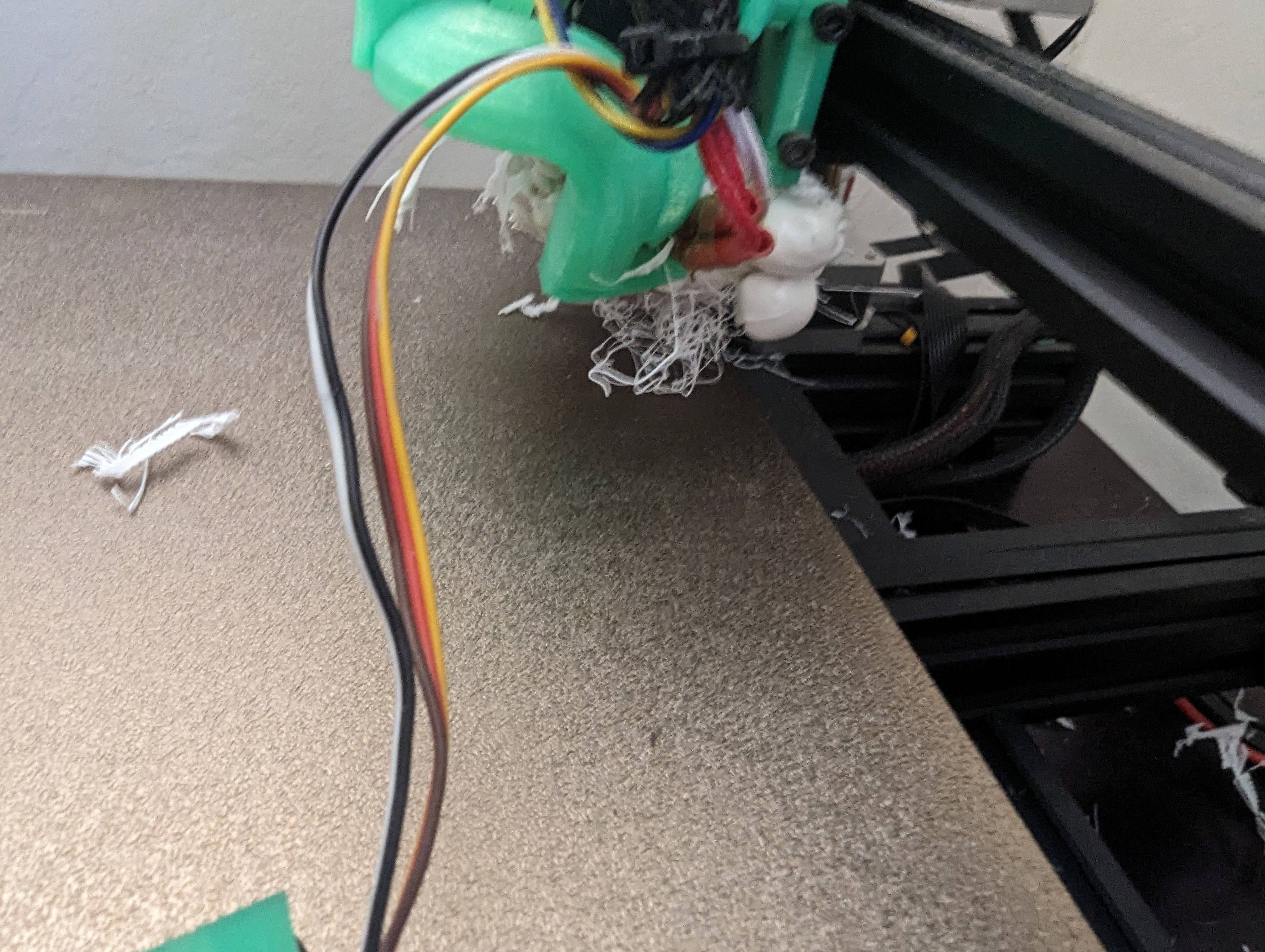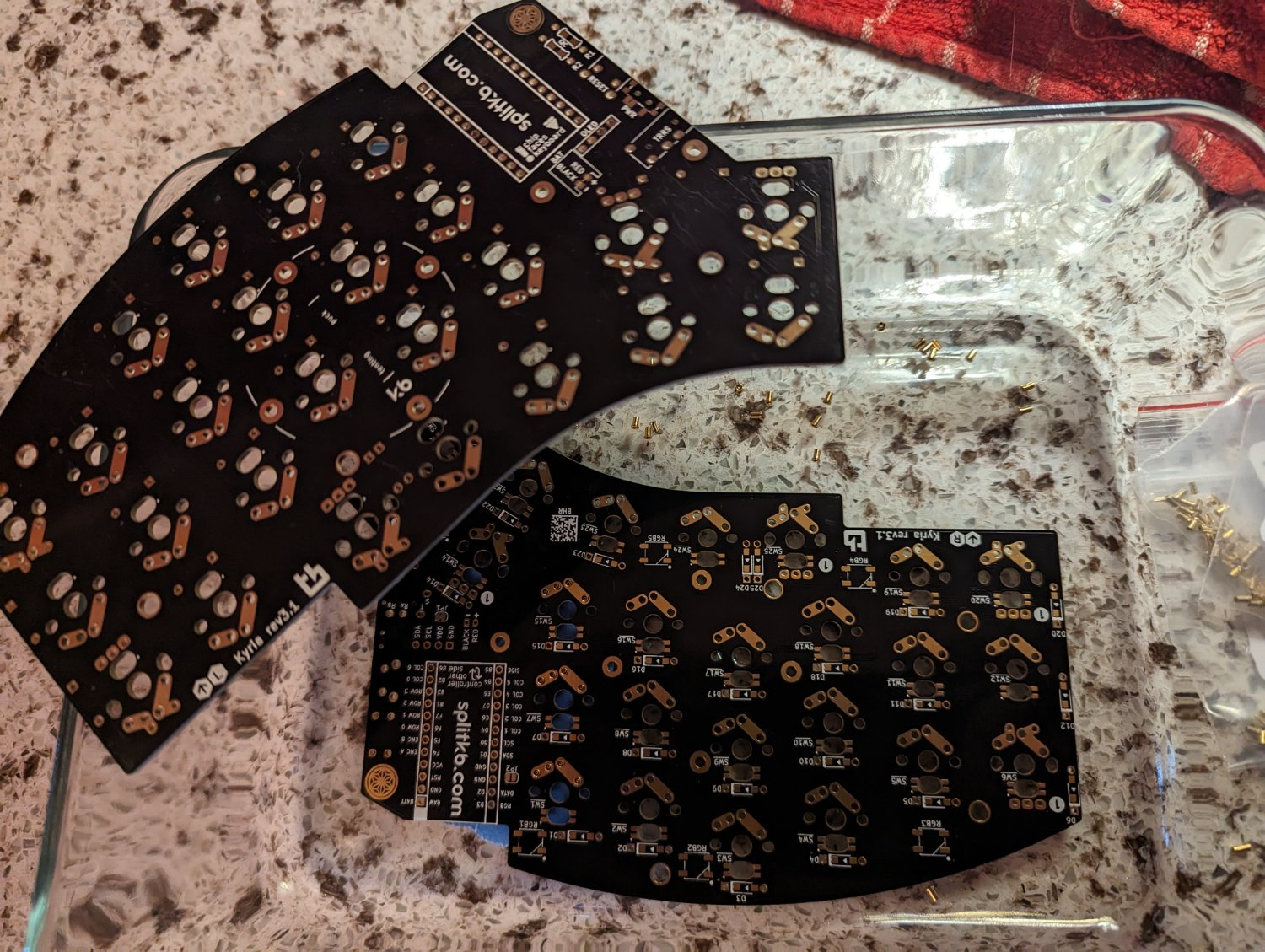Hey folks! I'm getting a fresh laptop for the first time in about a decade (Framework 16) in a couple of months and am looking forward to doing some low-level tinkering both on the OS and hardware. I'm planning to convert into a "cyberdeck" with quick-release hinges for the screen since I usually use an HMD, built-in breadboard, and other hardware hacking fun.
On the OS, I'm planning to try NixOS as a baremetal hypervisor (KVM/QEMU) and run my "primary" OSes in VMs with hardware passthrough. If perf is horrible, I'll probably switch back to baremetal after a bit. But, I'm not likely going to be gaming on it so, I'm not likely to have much issue.
Once the hypervisor is working in a manner that I like, I should have an easy time backing up, rolling back, swapping out my "desktop" OS. I've been using Linux as my pretty much my only OS for over a decade (I use MacOS as a glorified SSH client for work). Most of my time has been on distros in the Debian or RHEL families (*buntu, Linux Mint, Crunchbang, CentOS, etc) and I pretty much live in the terminal these days.
With all of this said, I am coming to you folks for help. I would like you folks to share distros, desktop environments, window managers that you think I should give a try, or would like to inflict on me and what makes them noteworthy.
I can't guarantee that I'll get through suggestions, as my ADHD has been playing up lately, but I'll give it an attempt. Seriously. If you want me to try Hannah Montana Linux, I'll do it and report back on the experience.
EDIT: Thank you all for your fantastic suggestions. I'm going to start compiling them into a list this weekend.




It's been years since I've been in the lab but it really will depend a lot on the subject matter and the type of experiment.
If it's a subject matter that is fairly well explored and defined, the alternative hypotheses might be fairly straightforward. Take, for example, an experiment from a while ago where entomologists suspected that desert ants navigate by using dead reckoning, effectively counting their steps, remembering their changes in direction measured by a biological compass, and integrating them together, in a process similar to "fusion" in electronic position sensors.
To validate part of this hypothesis, they needed to get more granular and isolate one part of it. So, they formulated a "sub-hypothesis" that stated that the ants had some sort of innate awareness of the distance that they covered with each step, knowing the length of their legs and this their stride length, similar to how cats know their healthy body width. The experimental hypothesis would be something like:
"Altering the length of desert ant legs will result in navigation failure with longer legs causing them to overshoot and shorter legs causing them to undershoot. The navigational trajectories should otherwise be identical."
Building alternative hypotheses for this relatively simple experiment, prior to conducting it would be straightforward, as you appear to be suspecting. They could be as simple as:
"The length of the desert ant's legs will have no impact on their navigation because they are not directly related. This will be apparent through the ants showing no discernable difference in the paths that they take when navigating, regardless of leg length."
"The length of the desert ant's legs will have some impact on their navigation but, they are able to compensate for discrepancies in stride length through some as of yet unknown mechanism. This will likely be apparent in statistically significant distance-related navigation errors in their paths."
After the experiment, the data would be analyzed and checked for a match against the established hypotheses. If there is not a good match or there is an unexpected shape to the data, further experiments may be required to see if it is an anomaly or if something else might be going on.
(In this case, it was found that, yes, desert ants have some sort of innate awareness of what their stride length should be and changes in their leg lengths throw off their navigation, as expected.)
Now, when it gets to subjects that are less clear and established, alternative hypotheses can get a lot more challenging because often the difference between the data fit that proves or disproves a hypothesis can be miniscule. Or, the data points might form a completely unexpected shape that doesn't match currently known phenomena.